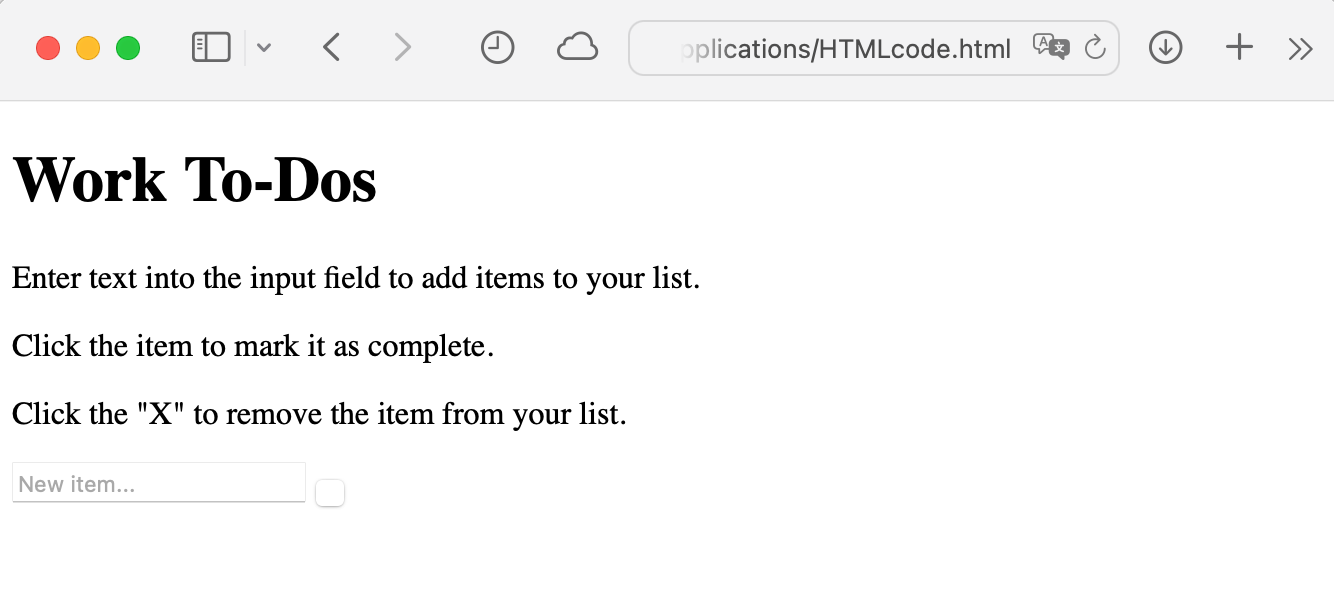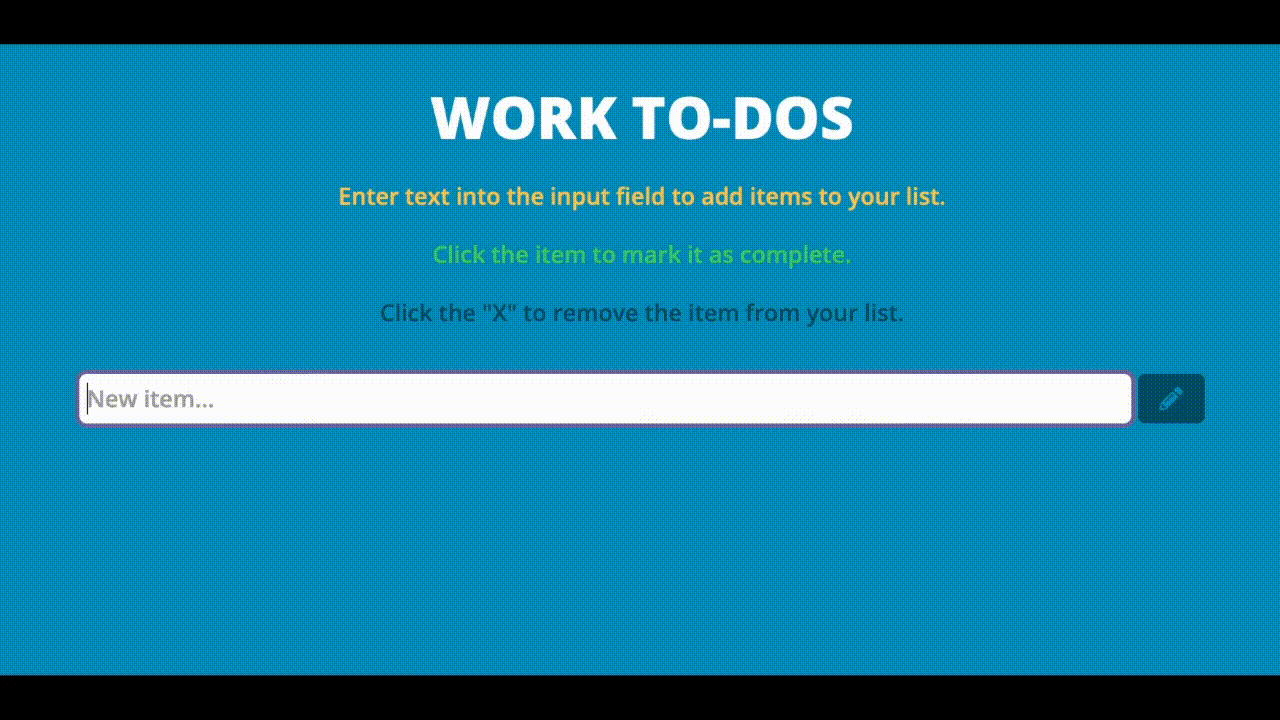Imagine a car without an outer body – it has an engine, frames, and wheels, but no body. Technically, such a car can be driven. It has everything for it. But it’s inconvenient. You cannot go far without a roof, doors, and comfortable seats.
Things are much better with the body. It protects against rain, snow, and rust and makes a ride more comfortable and safer for drivers and passengers.
The front end works similarly. This is the outer hull of the website, application, software, and other things. This is what users see and interact with. If there was no interface, users would see code that nobody would understand. It’s difficult and boring to work with.
That’s why there is a front end. It’s the body of the car that makes it easier to use.
What is front end
The front end is a part of the website users can see and interact with. It includes the design and navigation menu. And it decides how to display texts, images, and videos to users.
Let's go back to the car example. The work of the chassis, engine, and transmission, is the back end. The instrument panel, the ergonomics of the cabin, and the comfort of driving are the front end. However, it is not just the styles.
It also contributes to how fast the website loads, how easy it is to navigate through it, and how accessible it is to people with disabilities. And also to how usable and responsive it is on a variety of different devices and browsers.
Essentially, the front end is all the parts of a web application that create its look as well as the feel of it.
What tasks does the front end perform?
A front end is similar to tailoring. A tailor’s task is to make beautiful, functional, and comfortable clothes according to a designer’s layout. Front end also includes the designer's layout not for future clothes, but for the future website or application. And even more.

The front end is a middle ground between creating and editing graphics and creating an interface using programming languages.
A company or organization with a website that is difficult to use and navigate through, which doesn't look good and does not present its services nicely, will lose customers and clients.
Users will become frustrated due to the lack of usability, and therefore with the unpleasant user experience. They will end up searching elsewhere for what they were looking for and will most likely not return to that website again. The competitors will thank you.
So the front end is a creative and artistic endeavor. There is a blend of both visual art and programming that focuses on the graphic aspects of a website or app. Together with a back end, they develop a dynamic product that lets users engage in interactive activities. It's easier to embrace the beauty in digital than you think. All you have to do is try.
What tools are used in the front end?
Tailoring is a very technological process. Even if it is handmade. The same can be said for the front end. It involves the use of various technologies, tools, and languages.
So a basic front-end skill set includes:
HTML (HyperText Markup Language)
You have met this programming language more than once. Every time you visit any website and see text, it’s HTML. Its main task is to put text, images, tables, and videos on a webpage. So HTML builds the visual foundation of a website but does not run it. You can learn more about it in New to Web Development? Here’s Why You Should Learn HTML5.

CSS (Cascading Style Sheets)
A webpage with just HTML looks quite boring and unattractive. CSS solves these problems. So CSS is used to set the color of the background and decorative elements, font size, and style in a standard and programmatic way. But this is a basic explanation. If you want to know more, check out CSS 101: A Beginner-Friendly Introduction to Styling Web Pages.

JavaScript
JavaScript is behind the interactive part of a website. In the front end, it is used to create animations, popup forms, autofill, and other dynamic elements. Thanks to JavaScript, elements of CSS become alive and respond to user actions. Why Learning JavaScript Will Ensure You Stay In Demand For Years to Come gives a full understanding of this programming language.

Front-end developers may also use libraries and frameworks, such as React, Angular, or Vue.js. This is a set of advanced skills. These tools help to streamline their work and create more sophisticated and interactive UIs.
How to start
The basics of the front end are well described by the gurus of the field. For instance, CSS. The Missing Manual by David Sawyer McFarland or Learning JavaScript: JavaScript Essentials for Modern Application Development by Ethan Brown.
To see the big picture of a front-end, you can get into the most popular coders community which is called Stack Overflow. And you can also learn more about the front end by using DevTools to check out how they work on different websites. You will find out more about that in our article.
If you want to take the first step as a front-end developer, join Software Engineering Bootcamp by TripleTen. You will receive a full set of necessary skills needed to become a high-paid front-end developer. You will learn HTML, CSS, JavaScript, Git, and some other tools of the back-end that will help you to become even a full-stack developer with a median salary of $75,100.
Wrapping up
Front end is a crucial web development component that encompasses various disciplines and technologies, including HTML, CSS, and JavaScript. Familiarity with front-end concepts and terminology is essential for creating effective digital experiences. By staying up-to-date with the latest trends and advancements in front end, developers and designers can improve their skills and contribute to the web development community.
.png)









.png)






